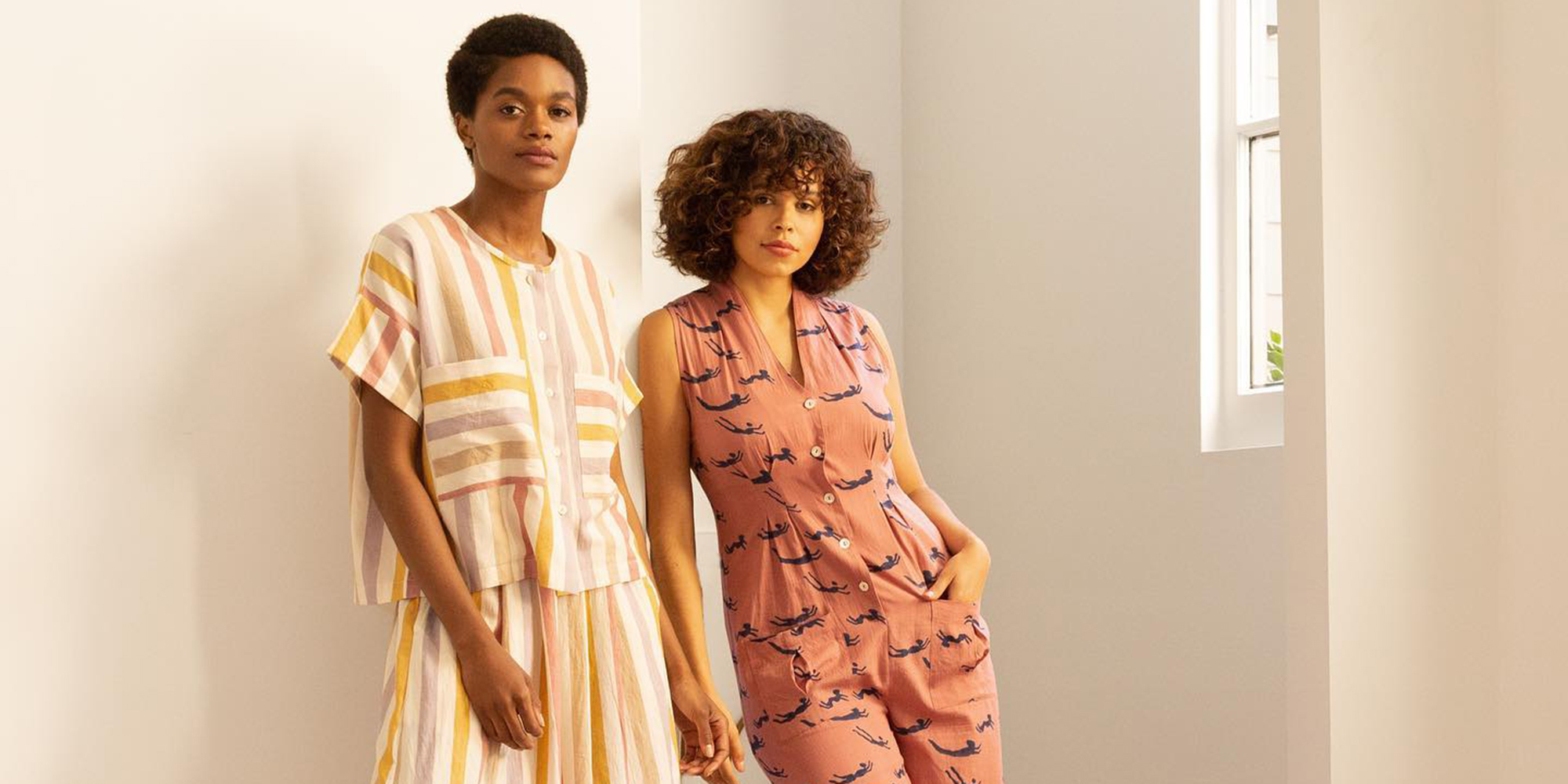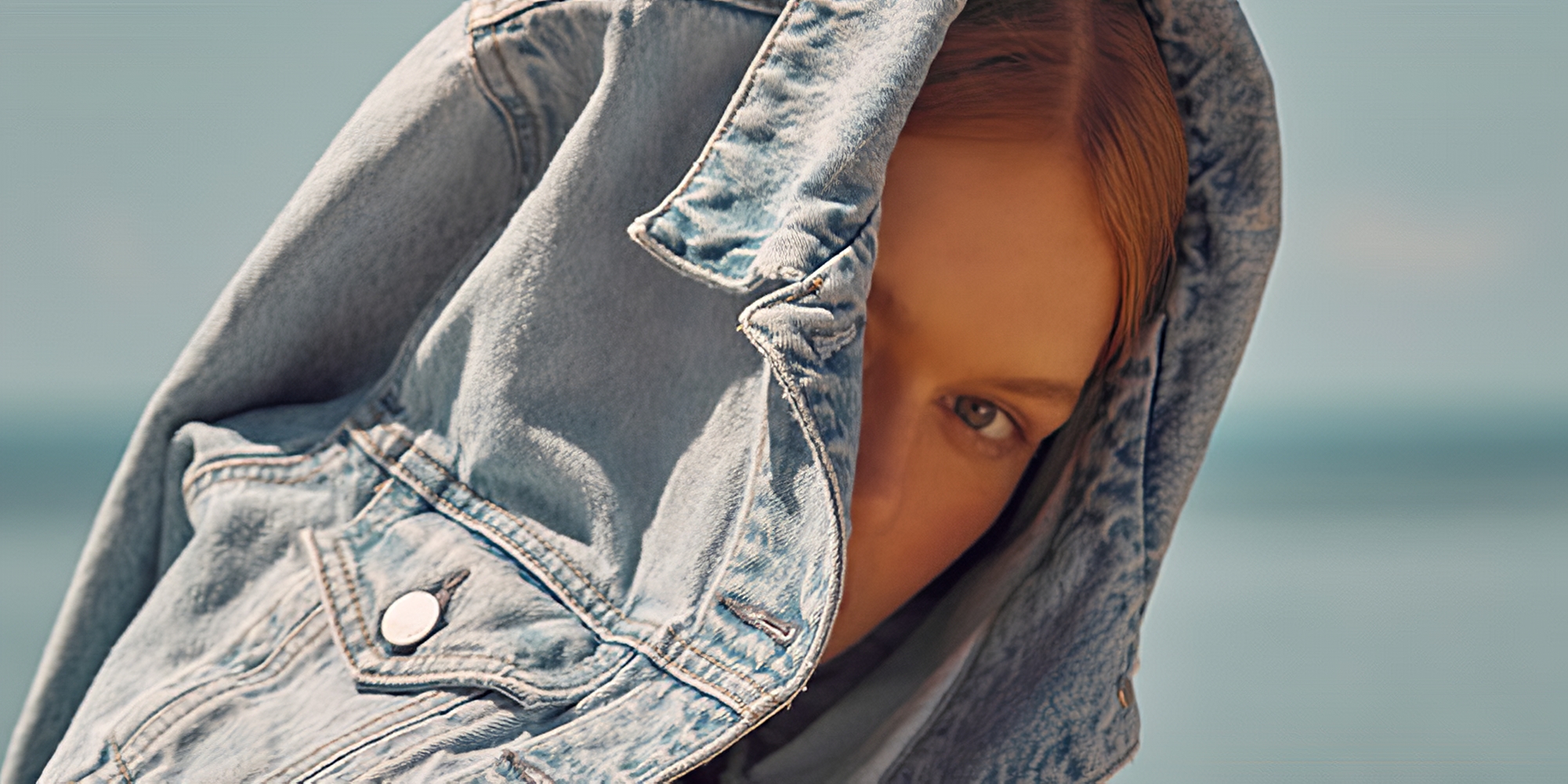Our editors curate highly rated brands that are first assessed by our rigorous ratings system. Buying through our links may earn us a commission—supporting the work we do. Learn more.
Global fast fashion chain H&M has made some progress on the sustainability front in recent years, but is it doing enough? This article is based on the H&M rating published in November 2023 and may not reflect claims the brand has made since then. Our ratings analysts are constantly rerating the thousands of brands you can check on our directory.
H&M isn’t doing enough across the board
Swedish shopping centre staple H&M is one of the world’s largest and most recognisable fast fashion brands, operating in 74 countries. H&M has long been the target of widespread concern about the impact of fast fashion on the environment and the workers who make our clothes.
The brand claims to be moving towards more sustainable practices, but our analysts’ latest rating review found it’s not doing enough to address its fast fashion business model.
So, just how sustainable and ethical is H&M? Spoiler alert: “Not Good Enough.” Based on our latest rating review, the brand has fallen even further from our middling “It’s a Start” to our second-lowest rating.
While we are constantly rerating brands and it’s expected for their ratings to rise and fall, this drop for H&M is significant for a few reasons: despite all the brand’s claims about its focus on circular innovation, there’s no getting around the fact that H&M hasn’t taken meaningful steps to address its wasteful and exploitative fast fashion business model.
One of the biggest issues right now in fashion is the runaway growth of large fast fashion brands making clothes that are then often wasted. Another factor is the targeted updates we’ve made to our ratings methodology, which is based solely on publicly available information. While we’ve always rated fast fashion brands poorly, due to the facts and the persistent greenwashing, Good On You is now more stringent than ever for fast fashion brands to account for the impacts of their destructive business models.
The methodology also ensures that brands don’t get much credit when they adopt minor sustainability initiatives—such as buy-back schemes—that bring little positive change. It also considers the resources available to large brands (as defined by the European Commission), which have the greatest resources and finances to influence vast changes to the industry.
“We only use publicly available data in brand ratings because it promotes greater transparency and accountability,” says Kristian Hardiman, head of ratings at Good on You. “As one of the largest and most profitable brands, H&M has a responsibility to take action. But as with many fast fashion brands, its take-make-waste business model is still not aligned with the kind of transformation needed to make the fashion industry fairer for people and the planet.”
One step forward
H&M has set a science-based target to reduce greenhouse gas emissions generated from its own operations and supply chain by 2030, but there is no evidence it is on track to meet its target. The retailer uses some lower-impact materials, and it has also published a biodiversity protection policy that applies to some of its supply chain.
While these pledges indicate some promising improvements if they are delivered upon, 2030 is still some time away. On top of that, the fast fashion business model that H&M operates under is inherently unsustainable, so until that changes, the brand’s impact on the planet will always be questionable.
One step back
While the company has made small progress for the environment, things aren’t looking so good on the labour rights front. Following the Rana Plaza disaster in 2013, H&M joined the Bangladesh Fire Safety Accord, successfully working with other brands and labour unions to address health and safety issues in 100s of factories. But they also promised to pay 850,000 workers a living wage by 2018, a promise they spectacularly failed to meet.
Also in 2018, factories that supply H&M were named in reports by Global Labour Justice detailing abuse of female garment workers, and more recently in 2023, workers’ rights abuses from the brand’s suppliers in Myanmar came to light. Clearly, there is still a long way to go.
So how does H&M rate on each of the three key areas of environmental impact, labour conditions, and animal welfare?
Environmental impact
H&M has taken some steps to reduce its environmental impact and has set some positive targets in its Sustainability Report. It uses renewable energy for part of its supply chain and has a policy to prevent deforestation of ancient and endangered forests. And while it has set a science-based target to reduce greenhouse gas emissions generated from its own operations and supply chain, there is no evidence it is on track to meet its target.
The brand was among the first to stock a “Conscious” sustainable fashion collection in its stores, and it offers a recycling program where you can return clothes from any brand in-store, but this is not at all sufficient to offset the unsustainable business model it’s operating.
H&M incorporates some lower-impact materials like organic cotton and recycled polyester in some products, but the majority of the materials it uses are not eco-friendly. For these reasons, we give H&M a score of “Not Good Enough” for the environment—downgraded from “It’s a Start” in our November 2023 review.
Labour conditions
While H&M made some improvements on its labour policies in recent years, it has fallen from “It’s a Start” to “Not Good Enough” in our most recent review because the company consistently finds itself embroiled in labour scandals.
H&M received a score of 71% in the Fashion Transparency Index, and it publishes detailed information about its supplier policies, audits, and remediation processes. It also publishes a detailed list of suppliers in the final stage of production, as well as information about forced labour, gender equality, or freedom of association.
While the brand does have a project to improve wages, there is no evidence it ensures payment of a living wage across its entire supply chain, despite promises to the contrary. On another note, almost none of H&M’s supply chain is certified by labour standards which ensure worker health and safety, living wages, or other labour rights. That means not enough of its facilities have collective bargaining or the right for workers to make a complaint. During the pandemic, we learned that H&M disclosed some policies to protect suppliers and workers in its supply chain from the impacts of COVID-19, but implementation was uncertain. Overall, its workers are not treated ethically enough for it to receive a higher score here.
Animal welfare
H&M is heading in the right direction for animals, but it needs to do more, which is why we’ve rated it “Not Good Enough” for animal welfare. The positive news is that H&M does have an animal welfare policy aligned with Five Freedoms, and it traces some animal products to the first stage of production. It also uses wool from non-mulesed sheep, down and feathers accredited by the Responsible Down Standard, and it banned the use of fur, angora, and exotic animal skins several years ago.
It does, however, use leather and exotic animal hair. The brand claims that all of its animal fibres will be certified to a credible standard by 2025.
Overall rating: “Not Good Enough”
Despite the fact that H&M is setting sustainability targets and has adopted some positive practices and policies across the board, it’s still one of the world’s biggest producers of fashion products designed to be worn just a few times and then discarded.
As we’ve discussed, H&M is at the heart of the unsustainable fast fashion industry. Its promotion of “disposable” fashion and constant rotations of new trends and products has a huge environmental impact. An increasing amount of cheap clothing ends up in landfill after a few wears due to these reasons.
The clothing manufacturing process regularly involves the use of toxic dyes, solvents, and pesticides, is responsible for significant carbon emissions, and uses much of the world’s fresh water and land resources. While this is an industry-wide problem, there are more clothes pumped through the system by the fast fashion brands like H&M.
So, while those cheap price tags may be tempting, they are often a good indicator of the poor quality of the materials. They also highlight that the people making those clothes are working in conditions that, while improving in some cases, are not where they should be.
See the rating. Also note that Good On You ratings consider hundreds of issues and it is not possible to list every relevant issue in a summary of the brand’s performance. For more information see our How We Rate page and our FAQs.
H&M offers a “Conscious” collection, but we recommend investing your hard-earned dollars in clothes that are not only more ethical and sustainable, but are also timeless in style, will last you a lifetime, and are made by brands that are designed to leave a light footprint on the earth from the very beginning. Here are some brands rated “Good” or “Great” by us.
Good swaps
“Good” and “Great” alternatives to H&M




























